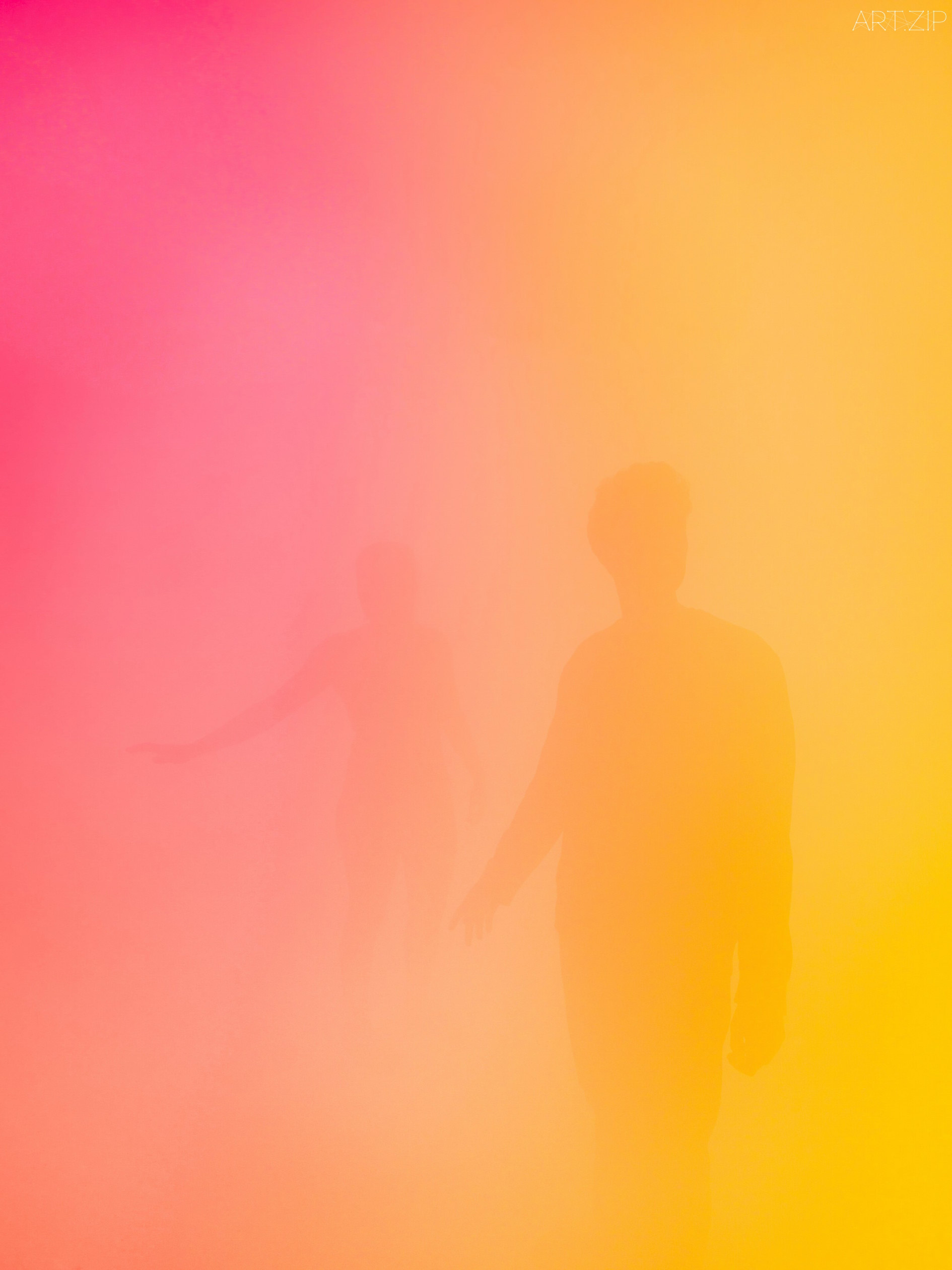Green Cloud (Nuage Vert)
The third edition of Nuage Vert (Green cloud) highlighted the cloud of vapour emitted by the largest waste incinerator in France, on the edge of Paris at Ivry-sur-Seine, using a green laser beam which draws the clouds outline in real-time. Beyond the spectacle of the projection onto a power plant emission, Nuage Vert is also an open space, a canvas onto which each individual can project their questions concerning our consumer-waste culture, adding a second level reading to a site which is both highly visible and ignored.
The work acts like a semantic parasite, an organism that takes cover and feeds itself by establishing a sustainable interaction with another organism, in a relationship that is not necessarily damaging for the host, but necessary since the emission cloud provides Nuage vert with its visibility. During two years the project generated a social-cultural process which attracted support from citizens and the power plant owner, but however led to political obstruction from the local authorities. Escaping from a political stalemate, the work was realised without institutional consent, from a secret location on a private rooftop with the cooperation of local residents.
The project was previously realised in Helsinki, Finland and in Saint-Ouen, France.





